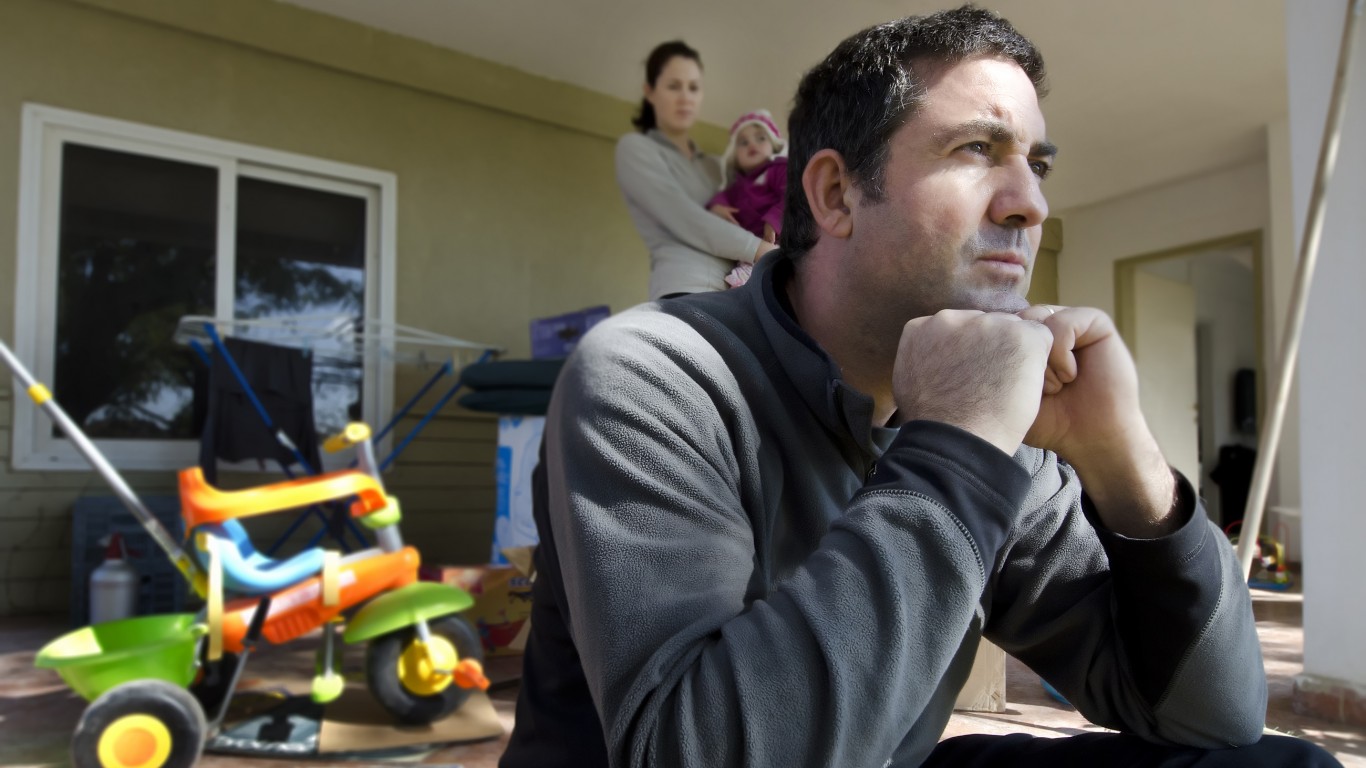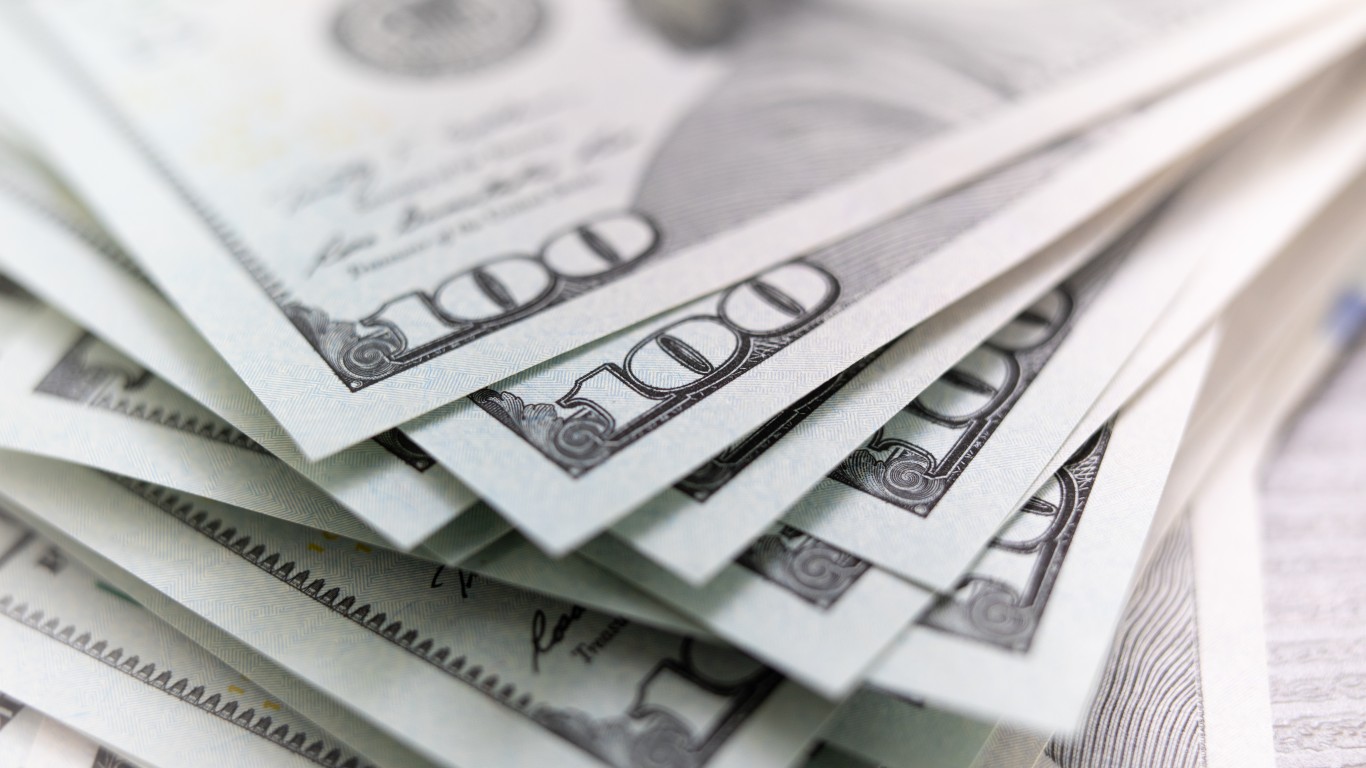
A recession is about to begin, or has begun already. One debate about the downturn is whether it will be long or deep. Economists have begun to line up on opposite sides of the argument. The worst-case scenario is always that the downturn will look like the Great Depression. No sane economist has gone down that path. The worst part of the Great Recession is a more likely set of circumstances, if a new recession is both long and deep. Unemployment reached 10% in October 2009.
The causes of the new recession will not look like the last one. The collapse that almost took down the global financial system is not in the offing. Government officials have “recession-proofed” banks. The government’s moves have been aggressive and probably will work. Additionally, hundreds of thousands of mortgage defaults are unlikely to take the housing market under. Banks rarely make subprime variable-rate home loans. The risk that people cannot pay them soon is too high.
Inflation and the Federal Reserve’s efforts to fight it could cripple the economy. With inflation at over 8%, according to the consumer price index, people find their paychecks are eaten quickly by daily expenses. At some point, if wages do not rise fast, people will have trouble paying for critical expenses like housing, food and transportation. Consumer spending will be crippled, and the economy will implode.
The Fed believes that raising rates is the only way to combat high inflation. That may be true. However, it makes everything from homes to cars to credit card purchases more expensive. So inflation makes things more expensive, and so do rising interest rates. The Fed believes those two things cannot coexist for very long. If its efforts work, both inflation and interest rates eventually fall.
The solutions to the economic problems are balanced upon the backs of America’s workers. One tested way to bring down inflation is to put people out of work. In a typical recession, the unemployment rate peaks between 6% and 7%. Rates higher than that are rare.
The new recession may be a rare recession. High-interest rates and high costs could coexist for months. Supply chain bottlenecks will be one cause. Recently, it has become clear that the price of diesel fuel is so high that items carried by truck may need to reset at much higher prices. The Fed cannot solve the diesel price problem.
The pairing of high interest rates and high inflation is not impossible. However, it could be very difficult to solve both problems simultaneously. The sure way to crippling inflation is to deeply cripple the job market. The Fed will drop rates to bring unemployment down. Throughout that trip, people should not think that 2023 may not look like 2009.
Thank you for reading! Have some feedback for us?
Contact the 24/7 Wall St. editorial team.
 24/7 Wall St.
24/7 Wall St.

